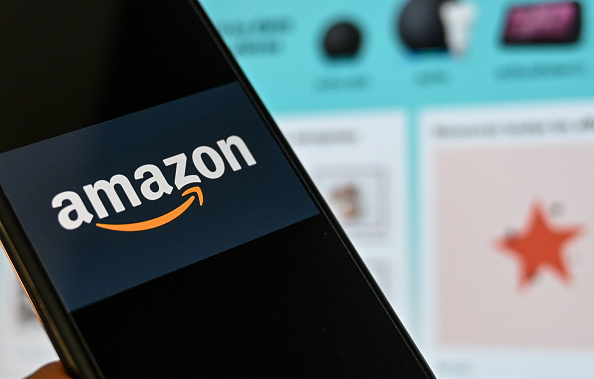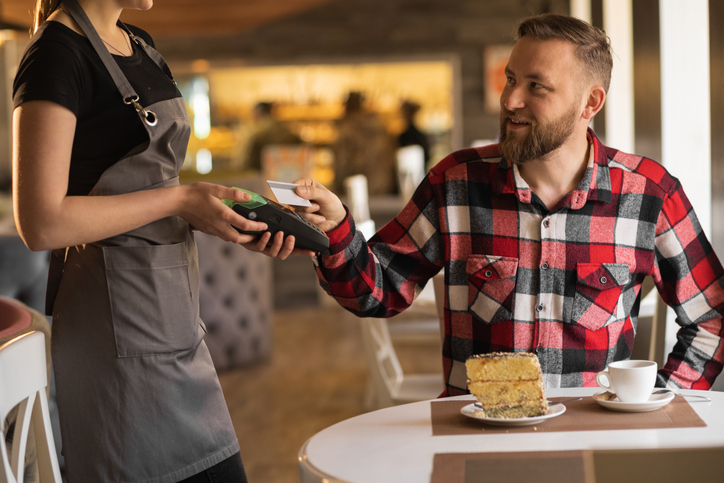Shopping habits have changed dramatically over the course of the last decade. Rather than popping out to the shops to pick something up, it’s more common to choose next day delivery from Amazon Prime and never have to leave the comfort of your home. With the rise in online shopping, the retail market has had to adapt: invest more in their e-comm activities and pull back on in store spending, tailor their marketing strategy to appeal to their target demographic, and put in place the necessary systems to cope with a growing volume of online purchases.
Online retailer Asos is a perfect example of an online retailer profiting from the behavioural shift towards shopping, while other big-name retailers are struggling with rising property costs and import charges. At the beginning of this year, the brand posted a 14 per cent rise in pre-tax profits to £27.3 million, while sales soared by 37 per cent to £911.5 million. This, by any standards, is staggering growth.
It’s fair to say that millennials, having grown up in the digital age, make a large number of online purchases. But how does the UK public in general feel about online shopping? A new study, commissioned by Swiftmoney.com, has revealed that British consumers are divided when it comes to shopping habits. Just over half of respondents (54 per cent) still choose to do most of their shopping in store, with 46 per cent preferring to purchase with a click.
Try before you buy
The main reason given by respondents to shop in-store was being able to try things on. A large proportion of shoppers still like to try on clothing before committing to buy, but with online retailers now offering free returns it’s becoming increasingly popular for consumers to buy multiple sizes and return the items which don’t fit. The personal experience one gets from buying in store is also a reason that a larger portion of the sample choose to shop in store over online.
Adversely, respondents who prefer to shop online cited better deals, more options and ease as their reasons for choosing to make purchases online. Rather than walk around different stores and battle with crowds, browsing the internet for the best deal is a much more relaxing way to buy things.
So, what sorts of things do people tend to buy online?
According to the study, electrical goods and clothing are the most purchased items online, with groceries being the least favoured online purchase. For any larger purchases, consumers still tend to visit a store to view the product before committing to buy. But this might not be the case moving forward.
The retail market is constantly evolving. Even more so in the current climate in which consumers expect everything to be at their fingertips; at the touch of a button. While some sectors will stay firmly in the bricks and mortar on which they were founded, most retailers will need to adapt to the way in which modern shoppers choose to buy.





